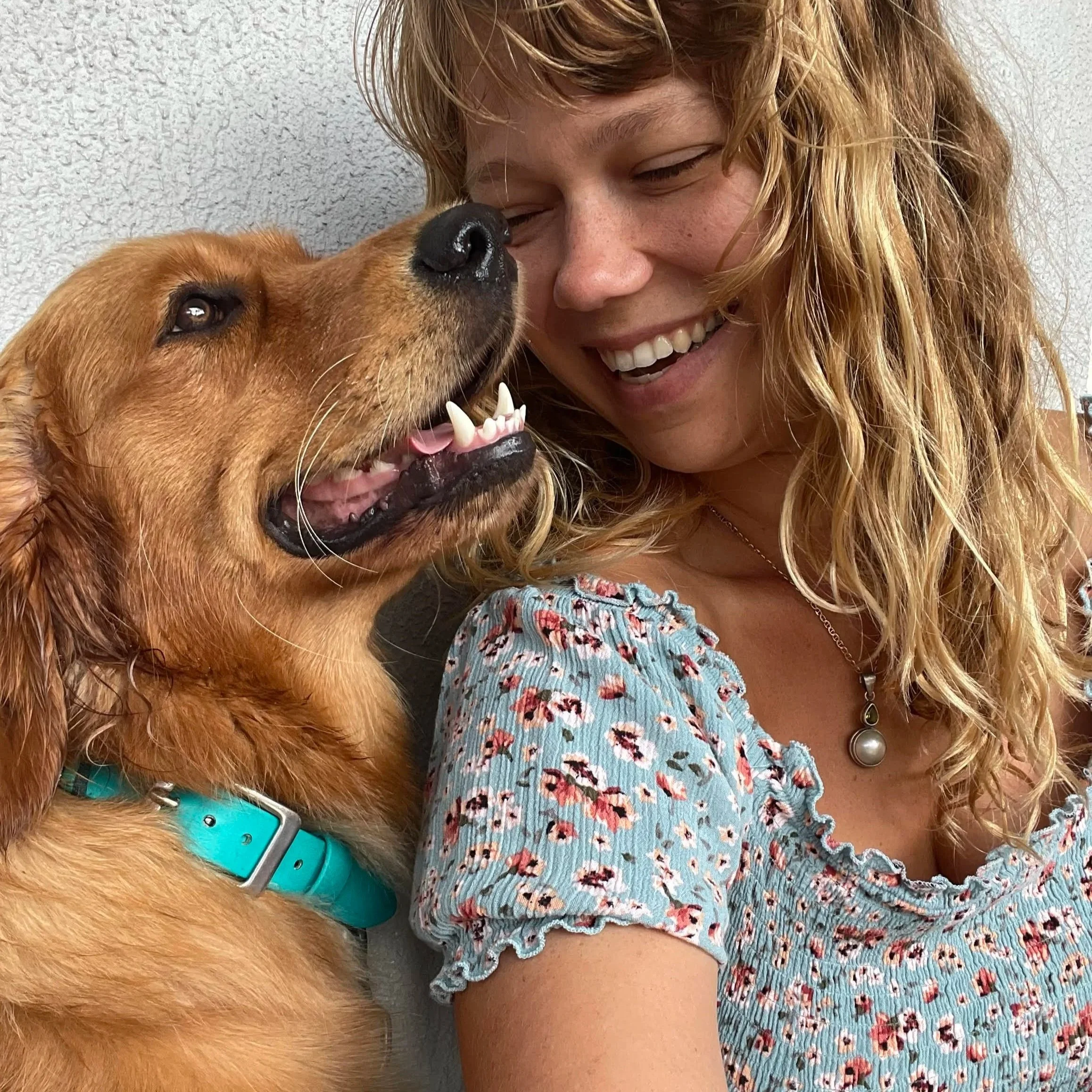Counsellor. Writer. Spoken Word.
For counselling, creative or collaborative enquiries, write to me directly: essena@withessena.com
I live and create on Kabi Kabi Country
Coastal lands now known as the Sunshine Coast Australia
Every morning without fail
my earth-angel Lotus
part golden retriever
wakes me before sunrise
we choose a beach walk or a bush track
My deepest joy
is shaping my first book
Ancient Myths in Modern Flesh
where memoir and myth
manifest as manifesto
a home at last
for poems
extended writings
critical histories
and futuristic short stories
to converge
Sharing currents at local slams
I’ve learned
speaking from the heart
and witnessing others do the same
is unmatched medicine
꩜
I cannot wait
to finish the final placement hours
of my Bachelor of Counselling in 2026
In 2026
I will also complete
the One Year Training Program
in Narrative Therapy and Community Work
through the Dulwich Centre
A deepening of theory
to prepare me
for a Masters
in Narrative Therapy and Community Work
which I hope to begin
in 2027
Interesting Features
Aesthetic Labour: Rethinking Beauty Politics in Neoliberalism
Elias, Gill & Scharff (2017)
I’m honoured that my story (what was publicly available in 2015) is included as a case study in this book
꩜
“In 2015 the Australian teenager Essena O’Neill quit Instagram and became headline news around the world. O’Neill, who had more than 600,000 followers on Instagram, earned ‘thousands of dollars’ from marketers for each post, she said, but could no longer tolerate the shameless manipulation of her images and the painful costs of ‘self-promotion’. ‘Resigning’ from the site, she deleted 2000 posts and ‘re-captioned’ the remaining 96 to draw attention to the artifice involved in their production — not just the (notorious) use of filters and ‘retouching’, much discussed in relation to magazine and advertising imagery, but also the poses, the happy and carefree attitude, and the fake intimacy involved. Of one image she wrote: ‘see how relatable my captions were - stomach sucked in, strategic pose, pushed up boobs. I just want younger girls to know this isn’t candid life, or cool or inspirational. It’s contrived perfection made to get attention.
Much could be written about O’Neill’s decision, her micro-celebrity status, the alternate trolling and celebration she received, and the way she became propelled from a teen Instagram fan base to an international news actor whose decision went viral. Her story highlights the breakdown of stable distinctions between private and public as well as trends towards ‘authentic’ forms of celebrity in which the commodification of youthful beauty nevertheless still plays a huge part. We open with her experience because it foregrounds many of the questions discussed in this book, including the perennial emphasis upon female attractiveness, and with it the pressures to live up to particular appearance norms at whatever cost to the self—whether that involves merely ‘stomach sucked in’ and ‘pushed up boobs’ or surgical procedures. It also points to the increasing entanglements of forms of visual appearing with rapidly changing digital technologies and social media—in a world in which increasing numbers of images of women are digitally altered in various ways. Alongside this, it demonstrates the proliferating experiences of surveillance to which many women feel subject when ‘managing the body is.. .the means by which women acquire and display their cultural capital’ (Winch 2015, p. 233). Above all, it highlights the multiple labours involved in ‘looking good’—labours that are simultaneously physical, cultural, technological and also psychological. As O’Neill made clear, the marketability of her posts was not only about her ‘perfect’ body but also the appeal of her captioned opinions, signalling as they did a warm and accessible level of cool, and a ‘beautiful on the inside’ philosophy. This was put to work very successfully by O’Neill as her own personal brand and capitalised upon by many different companies whose clothes or products she promoted in the familiar post/anti/native advertising style of contemporary marketing. O’Neill’s story, then, pulls together themes of beauty, authenticity, labour and entrepreneurial endeavour in a way that resonates with many of the concerns of this book.”
꩜
After quitting social media I became obsessed with the term
“Neoliberalism”
It felt like the invisible script I had once performed to perfection
A role I never chose yet masteredThis book helped me see how the ideologies of our time
Don’t just live in policies or markets
They live in the bodyThis book names aesthetic labour
Not as surface-level beauty work
But as a demand for self-surveillance
Constant improvement
MarketabilityThe self became a project
Always optimising
Always pleasingEspecially for women
Beauty was never just about ‘image’
It is emotional
Social
Racial
EconomicThis book unpacks it all
how cultural incentives mask themselves as personal choice
how aesthetic and emotional labour become inseparable
how visibility doesn’t always equal freedom


